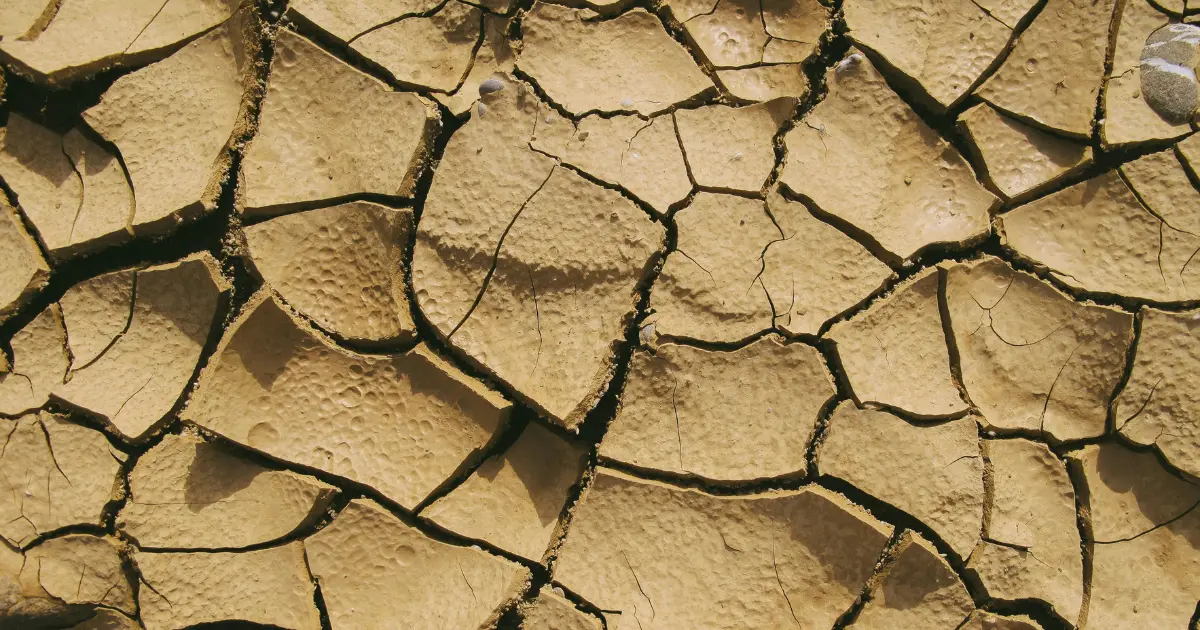Agricultural soils are in peril. Evidence increasingly indicates that the threat of soil degradation, propelled by erratic rainfall patterns, rising temperatures, and agricultural mismanagement, is imminent. It is imperative for society to explore avenues to mitigate soil degradation crises, which is a formidable challenge with far-reaching implications for environmental sustainability, human health, and nutrition. Soil, the earth's living epidermis, plays an integral role in the global ecosystem. According to the United Nations to Combat Desertification report, an estimated 24 billion tons of the world’s fertile soil is lost annually to erosion. The gradual decline in soil quality has a ripple effect on productive farmlands, especially on dry-land agriculture, and is projected to continue as climate change intensifies. The relentless exploitation of soil resources, exacerbated by inadequate management practices, has precipitated a crisis of unprecedented scale. This essay delineates the multifaceted nature of the global soil health crisis, elucidating its adverse environmental effects as well as its impact on human health and nutrition; and posits some preliminary solutions to mitigate this dire predicament.
Adverse Environmental Effects
Soil organic carbon (SOC), one of Earth’s most important natural resources, is a key indicator of soil health. Research during the last three decades has provided many insights into the importance of SOC to soil’s physical properties and functions of an ecosystem such as climate regulation, water retention, climate change and carbon cycling, and crop yield and productivity.The degradation of soil quality globally portends severe environmental ramifications. One of the most pernicious effects is the diminution of biodiversity. Soil is a teeming microcosm, home to a quarter of the planet's biodiversity. The erosion of soil health decimates this micro-biodiversity, disrupting ecosystems and the services they provide. Furthermore, unhealthy soil exacerbates climate change. Soils are the second-largest carbon sink after the oceans: their degradation releases carbon dioxide into the atmosphere, intensifying the greenhouse effect and global warming.
Erosion, another significant consequence of soil degradation, leads to the loss of fertile topsoil, which not only diminishes agricultural productivity but also contributes to the siltation of waterways, affecting aquatic ecosystems and potable water supplies. Additionally, the depletion of soil organic matter, a critical component of healthy soil, impairs its water retention capacity, exacerbating the vulnerability of landscapes to both drought and flooding. Such environmental degradation precipitates a vicious cycle of decreased agricultural productivity, increased reliance on chemical inputs, and further soil health deterioration.
Effect on Human Health and Nutrition
Soil is alive, and it is a dynamic resource. The nutritional content of crops is inextricably linked to soil quality. Nutrient-depleted soils yield crops with diminished nutritional value, exacerbating the global burden of malnutrition and micronutrient deficiencies. Additionally, soil contamination with heavy metals and persistent organic pollutants poses direct health risks. The degradation of soil health undermines food security and quality, making populations more susceptible to food shortages and price volatility. The resultant socio-economic stress contributes to broader public health crises, compounding the challenges faced by already vulnerable communities.
Solutions to Mitigate the Soil Health Crisis
Addressing the global soil health crisis necessitates a multifaceted approach, incorporating sustainable land management practices, policy interventions, and technological innovations. One pivotal strategy is the adoption of regenerative agricultural practices. These include crop rotation, cover cropping, reduced tillage, and the integration of livestock. Such practices enhance soil biodiversity, improve soil structure, and increase organic matter content, thereby revitalizing soil health.
Furthermore, the restoration of degraded lands through reforestation and the establishment of agroforestry systems can sequester carbon, mitigate erosion, and restore ecosystem services. Biochar application, another innovative solution, involves the addition of charred organic matter to soil, improving its fertility and carbon sequestration capacity while reducing the need for chemical fertilizers.
Policy interventions play a critical role in soil conservation. Governments can incentivize sustainable farming practices such as natural, organic farming, through subsidies and support. Farmer education to help increase awareness of local/traditional farming practices and incentivising the transition can be a helpful intervention that can be carried out by NGOs and state bodies alike. Moreover, implementing stringent regulations on the use of harmful pesticides and fertilizers - especially through combating the lobbying efforts and market domination by Big Agro - coupled with the promotion of natural alternatives, can help begin to address soil contamination.
This is where agricultural interventions such as those facilitated by SOUL Society for Organic living can play a huge role. SOUL disrupts the vicious agrochemical market through a two-pronged approach to natural farming. One aspect is farmer training, incentivisation and education, and the other is product interventions. The manufacture of biofertilizer, “biological” pest control (like organic dung-based fungicides, botanical insecticide, biological nematicides, etc.), and culture kits to enhance plant growth and resilience offers an alternative to toxic chemicals that kill beneficial organisms and upset the soil’s microbiome. They harness the power of plant extracts, beneficial nitrogen-fixing bacteria, phosphate-solubilizing fungi and other microorganisms, and offer a natural and sustainable alternative to chemical fertilizers. The combined and holistic approach to natural farming needs proper state impetus in order to be scaled up to the level of competing with Big Agro giants whose products and methods pose a threat to soil and human health.
Conclusion
The global soil health crisis presents a formidable challenge, with profound implications for environmental integrity, human health, and global food security. It is a crisis that demands immediate and concerted action, not just by farmers and agriculturalists, but by the public and governments alike. By embracing sustainable agricultural practices, advancing policy initiatives, and fostering international cooperation, it is possible to mitigate the adverse effects of soil degradation.
The health of our soil is inextricably linked to the health of our planet and its inhabitants.
Therefore, safeguarding soil health is not merely an agricultural imperative but a global priority that requires the collective effort of governments, communities, and individuals alike. In the stewardship of soil lies the key to a sustainable future, underscoring the imperative to act with urgency and resolve to avert the looming ecological and humanitarian crisis.
References
- Gebremedhin, Maheteme, Mark S. Coyne, and Karamat R. Sistani. 2022. How Much Margin Is Left for Degrading Agricultural Soils? The Coming Soil Crises Soil Systems 6, no. 1: 22. https://doi.org/10.3390/soilsystems6010022
- Guardian News and Media. (2020, December 4). Global soils underpin life but future looks “bleak”, warns UN Report. The Guardian. https://www.theguardian.com/environment/2020/dec/04/global-soils-underpin-life-but-future-looks-bleak-warns-un-report
- Jackson, F. (2023, December 7). Soil: The bridge between Global Environmental Challenges. Forbes. https://www.forbes.com/sites/feliciajackson/2023/12/05/soil-the-bridge-between-global-environmental-challenges/?sh=25a5b1c83bd8
- Timmis, K. and Ramos, J.L., 2021. The soil crisis: the need to treat as a global health problem and the pivotal role of microbes in prophylaxis and therapy. Microbial Biotechnology, 14(3), pp.769-797.






